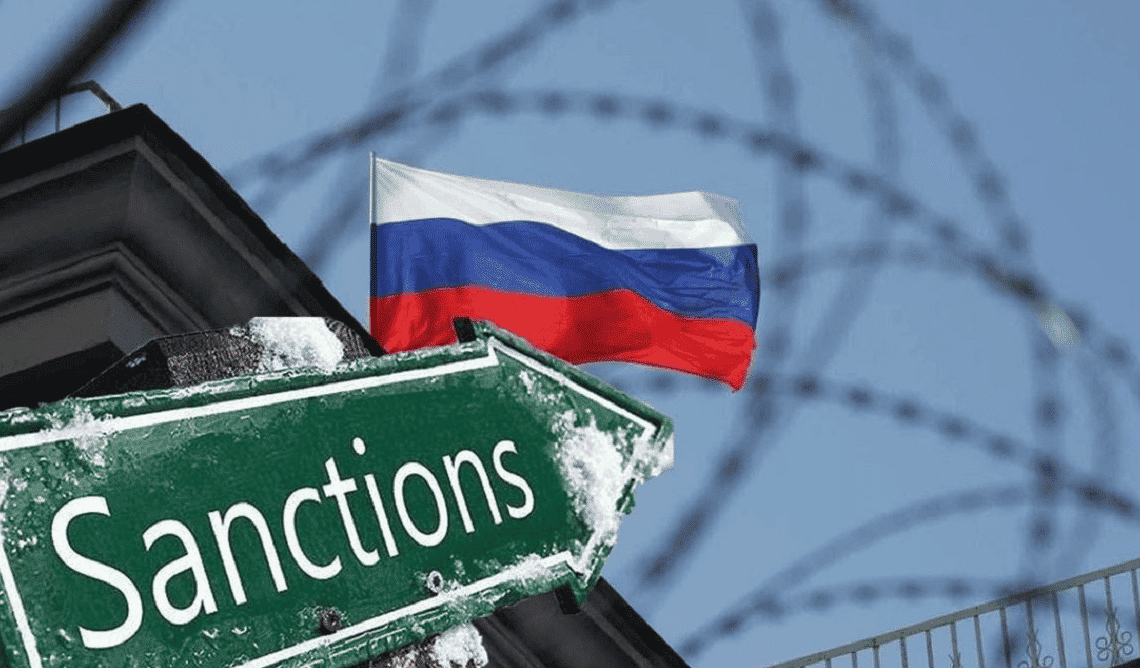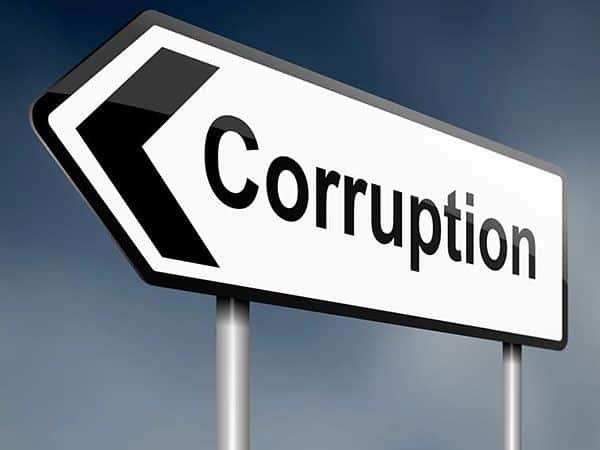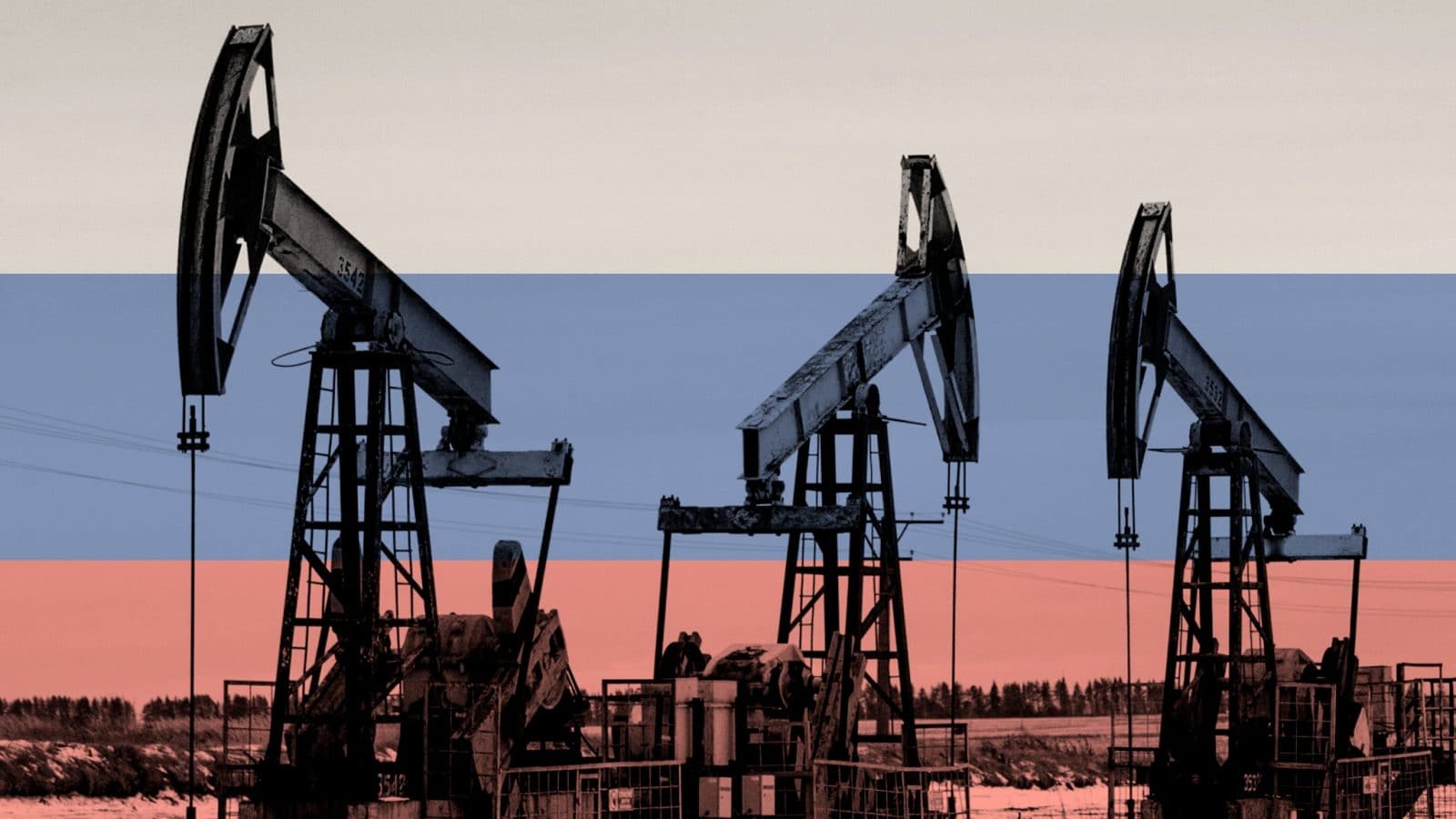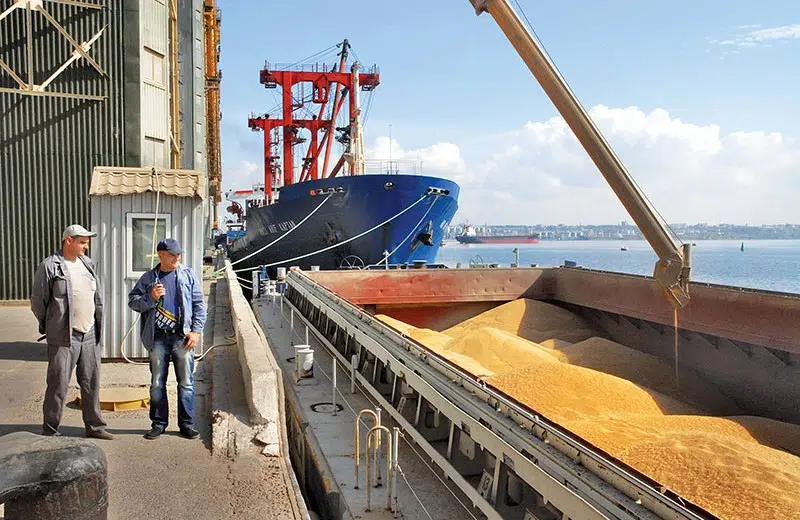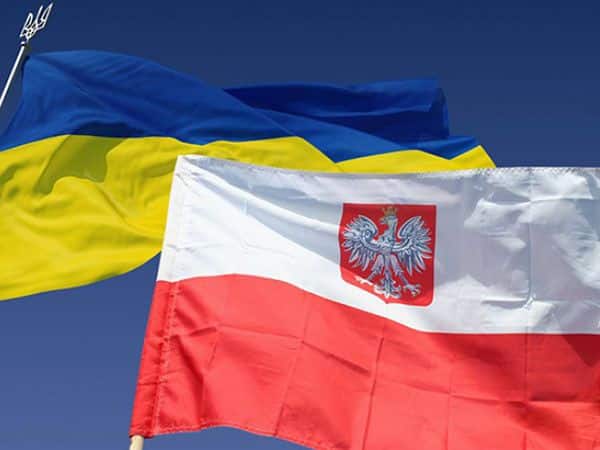After February 24, 2022, media headlines have been competing in estimating tens and hundreds of billions of frozen Russian assets in various countries, while compensating for the damages caused by Russia’s aggression is seen as a legitimate goal for their further use.
However, Ukraine’s perspective and that of the states holding Russian assets differ on how to achieve this.
The Ukrainian government expects swift confiscation, while its allies are considering various options: holding these assets until Russia agrees to pay reparations, using them to generate profits that will be transferred to Ukraine, or creating special mechanisms that would allow for the confiscation of these assets.
The European Union finds itself in a particularly sensitive position.
It is the EU member states that have blocked the largest amount of Russian assets through their sanction decisions, but Brussels has not yet formulated a clear strategy regarding the algorithms for future actions.
In this context, Canada, which has enacted legislation allowing for the confiscation of these assets in connection with Russian aggression, and the United States, where Congress has authorized the transfer of confiscated Russian assets to Ukraine, are in a more predictable position.
Nevertheless, even there, the successes have been modest: one year after the Canadian legislation came into effect and six months after the American legislation, the most significant achievement has been the decision to transfer $5.4 million to Ukraine, confiscated by the Manhattan court from Russian oligarch Konstantin Malofeev.
Such dynamics still give the EU a chance to remain a leader in the process; however, the European Union is at a crossroads regarding which policy to choose in dealing with Russian assets.
While political discussions among European officials are ongoing, public statements indicate that both options are actively being considered: investing and using the profits from these assets to compensate Ukraine or imposing a special tax on them, with the proceeds being directed to Ukraine.
Dividends to be given to Ukraine
In the first option, priority is given to the utilization of these assets, particularly through investment. In turn, the dividends accumulated in this manner could be transferred to Ukraine as compensation for the losses, and the Russian assets could be returned to their owners after full reparation payments.
This approach enjoys significant political support.
“In the short-term perspective, together with our partners, we will create a mechanism for managing these assets with their subsequent investment. The proceeds from such activities will be transferred to Ukraine,” stated the President of the European Commission Ursula von der Leyen, in her address to the Ukrainian people on November 30, 2022.
Later, representatives of the EU, including the EU High Representative for Foreign Affairs Josep Borrell and the President of the European Council Charles Michel, also expressed their support for this approach. At that time, discussions were underway regarding the establishment of a specific body within the EU to manage the frozen Russian assets, with the aim of generating income from these assets that could be used to finance Ukraine’s recovery.
Later, this idea received an alternative option that does not require a separate body or an investment process.
Indeed, a significant portion of Russian assets is concentrated in accounts at the European securities depository, Euroclear. The income from these assets cannot be transferred to Russia since Euroclear is involved in the freezing of Russian assets, and the status of funds earned in this manner after February 24, 2022 (which amounts to hundreds of millions of US dollars) remains unclear.
Representatives of the EU are currently deliberating whether these profits can be redirected to compensate Ukraine.
However, this idea faces political and legal difficulties, particularly from Germany. Berlin has stated that managing Russian funds will create complex financial and legal circumstances within the EU.
The European Central Bank holds a similar opinion. It asserts that such a step would have a negative impact on the European currency and the investment attractiveness of the European Union.
Sanctions tax
An alternative scenario, supported during the recent European Council summit in Brussels, is the taxation of income from frozen Russian sovereign assets.
Although many rushed to call it a “windfall tax,” in reality, it refers to a levy within the EU’s sanctions regime. This initiative was also supported by the United Kingdom, which stated its intention to cooperate with the EU on this matter.
However, the adoption of this proposal will require the support of all member states. The Council did not present a formal decision following the discussion, but the President of the European Commission announced further work on the proposed mechanism.
In this case, it is also important that the European Central Bank considers such a mechanism to be less risky than investing these funds or transferring a percentage of them to Ukraine.
Nevertheless, the ECB urges decisions on this matter to be made in coordination with international partners, including the Group of Seven (G7).
Precedent for new aggressors
While both decisions are intriguing, they are less favorable for Ukraine compared to direct confiscation of Russian assets.
Even if we assume that the profits generated from utilizing the frozen assets across the entire EU would be several times greater than the declared $3 billion, given a conservative estimate of damages caused by Russian aggression amounting to $400-600 billion, a simple calculation shows that obtaining reparations through this means could take decades or even centuries.
See also: Britain has found a way to return confiscated funds of Russian oligarchs to Ukraine
In any case, this process will be much longer than the reparations payments made by Iraq after the occupation of Kuwait, which lasted for 30 years.
The main challenge for the policies of the EU, the US, and other allies of Ukraine regarding Russian assets is the hope that confiscation of assets as a last resort can be avoided, and that freezing them serves as the leverage to ensure voluntary reparation payments.
Considering that shortly after the decision of the European Council, German Chancellor Olaf Scholz stated his intention to have a conversation with Vladimir Putin in the near future, it is quite possible that the fate of the frozen assets will be the subject of this discussion.
This is a fundamental mistake stemming from a misunderstanding of the psychology of Russian politicians, for whom admitting wrongdoing, defeat, and willingly accepting punishment is seen as a step towards hopelessness. Without a total defeat of Russia, which currently does not seem realistic, achieving voluntary reparation payments is practically impossible.
However, the sabotage of the Kakhovka dam and the risks of a nuclear catastrophe at the Zaporizhzhia Nuclear Power Plant demonstrate that the cost of aggression and the magnitude of damages are constantly increasing. Addressing the issue of compensating for these losses becomes increasingly urgent.
Therefore, the need to find a solution is more than ripe.
Another crucial aspect of confiscating Russian assets and holding its residents accountable is the imposition of significant financial responsibility on the terrorist state and its residents who have led the military aggression against Ukraine and amassed fortunes from prolonging the war.
The most egregious violations of international law must be punished in a democratic manner through the enactment of appropriate legislation and conducting judicial proceedings that lead to the actual confiscation of assets, ensuring fair accountability for the perpetrators and depriving them of resources to continue their bloodshed.
Such financial accountability can serve as a deterrent for initiating military aggressions in all parts of the world.
On June 21, 2023, at the Ukraine Reconstruction Conference in London, it was announced that the European Commission has proposed the creation of a new fund for Ukraine within the budget of the European Union, which will provide continuous financial support until 2027.
The funding for the fund is intended to come, in part, from the proceeds of mobilized Russian assets.
“We will put forward a proposal regarding these assets before the summer break because the wrongdoer must be held accountable,” said the President of the European Commission Ursula von der Leyen.
As practice has shown, the international coalition supporting Ukraine is prepared for difficult decisions, including the provision of weapons.
Ukraine hopes that the decision regarding the confiscation of assets will be made soon: legally justified, yet necessary to protect the interests of the victims and hold the perpetrators accountable.
Originally posted by Ivan Horodynskyy and Sofia Kosarevych on European Pravda. Translated and edited by the UaPosition – Ukrainian news and analytics website
See also: 5 steps towards Russian funds for reconstruction of Ukraine

